![]() WHAT: Fourth Police Precinct Project in Northside in Richmond, Virginia.
WHAT: Fourth Police Precinct Project in Northside in Richmond, Virginia.
WHERE: Fourth Police Precinct at 2219 Chamberlayne Avenue.
ARTIST: Jonathan Cox, www.jonathancoxsculpture.com
DEDICATED: 2009
DESCRIPTION: The five stainless steel and cast glass adorn the Fourth Police Precinct on Chamberlayne Avenue in an area of Northside bereft of much artistic value. The beacon is 23’ X 4’ X 4’ and stands on the southern end of the building in a brick circle with flowers. The four stainless steel pieces on the front wall of the building are named “Focus,” “Partnership,” “Cooperation” and “Diversity.” Each is approximately 6’-7’ in diameter.
* * *
I drive by this building about every other week and love to look at this oasis of art among all the rundown, dilapidated and unattractive storefronts and businesses on Chamberlayne Avenue. Combined with the presence of “Thin Blue Line” on the east wall of the Richmond Police Department headquarters at 200 West Grace Street in the Monroe Ward District, the police are helping contribute to the art community and complying with the goal of having public art displays with city buildings.
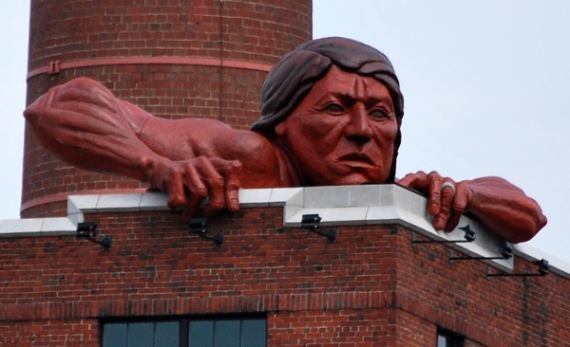
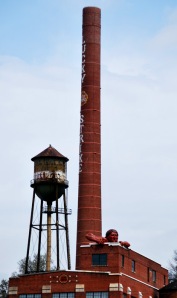

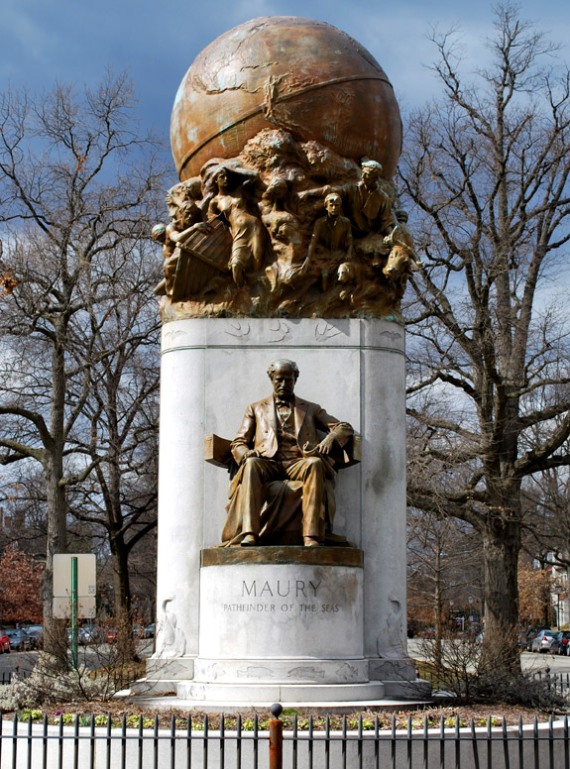

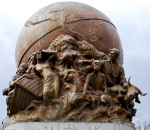
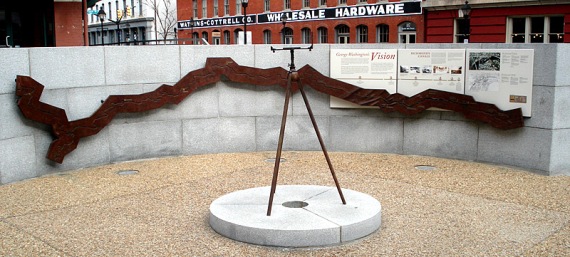
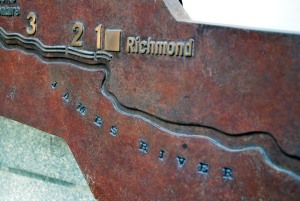

Comments & trackbacks